Most people start gardening to save money on food, but the benefits don’t stop at your grocery bill. In fact, a strategic garden can impact multiple areas of your household budget—sometimes in ways you wouldn’t expect.
Whether it’s lowering your cooling costs, replacing store-bought wellness products, or reducing trips to the pharmacy, your garden has the potential to quietly save you hundreds over the course of a year. It’s all about knowing what to grow—and how to use it.
This isn’t a list of generic tips. These are practical, proven strategies Americans are using to stretch their dollars—with soil, sunlight, and a little planning. You don’t need acres, a greenhouse, or fancy tools—just the right information.
Natural Pest Control
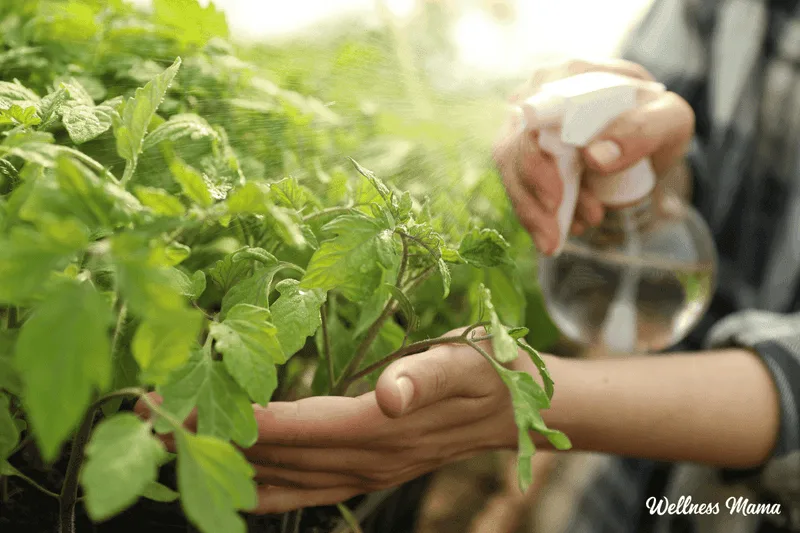
Pests are a persistent problem for any garden, but did you know your plants can attract beneficial insects like ladybugs and praying mantises? These tiny allies can naturally control harmful pests, reducing the need for expensive chemical pesticides. Not only does this save money, but it also promotes a healthier ecosystem in your backyard. Imagine watching a ladybug deftly navigate your plants while munching on aphids. By fostering a habitat for these insects, your garden becomes a self-sufficient protector of its own health, all while keeping dollars in your wallet.
Composting to Reduce Waste
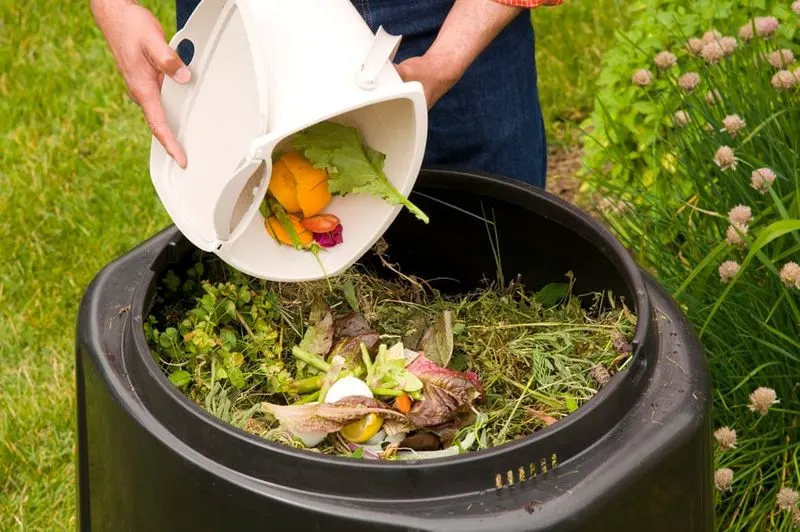
Turning kitchen scraps into compost is like magic for your garden and your wallet. Instead of buying costly fertilizers, create your own nutrient-rich compost from organic waste. The process is simple: collect fruit peels, coffee grounds, and plant clippings, and let nature do the rest. With time, you’ll have a rich soil amendment that boosts plant health and growth. This not only cuts down on garbage bills but also decreases your reliance on store-bought products. Composting is a sustainable solution that benefits both your garden and your finances.
Energy-Efficient Landscaping

Strategically planting trees and shrubs can do wonders for your energy bills. By providing natural shade and windbreaks, they reduce the need for air conditioning and heating. Imagine a large tree casting a cool shadow over your home during a hot summer day, or a row of shrubs blocking chilly winter winds. These natural barriers can lead to significant savings on energy costs. Moreover, this green approach not only lowers expenses but also enhances the visual appeal of your property, proving that thoughtful landscaping pays off in more ways than one.
Herbal Beauty Products
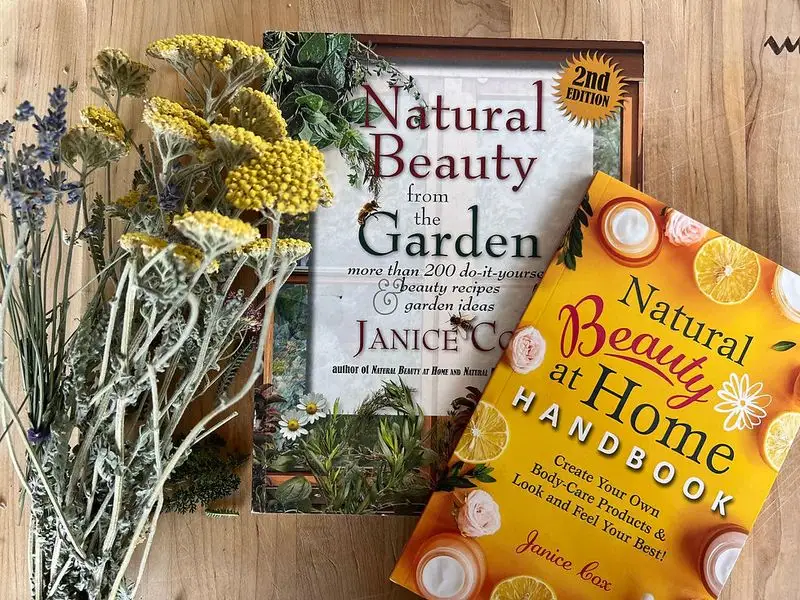
Why spend a fortune on beauty products when your garden can supply you with natural ingredients? Fresh herbs like lavender, rosemary, and mint can be transformed into delightful skincare remedies right at home. Infuse oils, create face masks, or concoct soothing balms using these aromatic plants. This DIY approach to beauty not only saves money but also ensures that you’re using pure, chemical-free products. Delighting in the scents and textures of your homemade creations adds a personal touch that commercial products often lack.
Natural Cleaning Solutions

Household cleaning doesn’t have to rely on expensive, chemical-laden products. Many natural alternatives can be crafted from garden-grown ingredients. Citrus fruits, vinegar, and baking soda combine to create powerful cleansers that tackle dirt and grime efficiently. Imagine the fresh scent of lemon as you wipe down surfaces, knowing your homemade solution is safe for both your family and the environment. These natural cleaners are not only effective but also budget-friendly, offering a healthy and economical alternative to their commercial counterparts.
Homemade Herbal Teas

Enjoying a hot cup of tea becomes even more satisfying when the ingredients come from your garden. Growing herbal plants like peppermint, chamomile, and lemon balm allows you to create flavorful teas without the cost of store-bought varieties. Harvest the leaves, dry them, and savor the infusion of natural flavors. This not only saves money but also gives you the joy of knowing exactly what goes into your brew. The calming ritual of brewing and sipping tea becomes a personal and economical delight, all thanks to your garden’s bounty.
Rainwater Harvesting
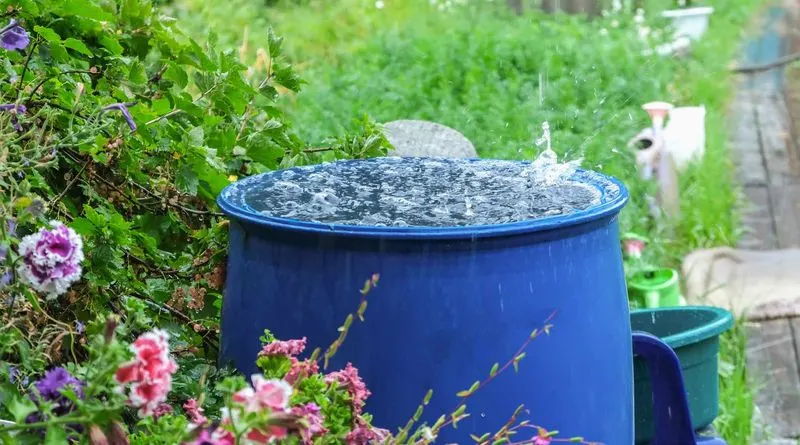
Incorporating a rainwater harvesting system in your garden can lead to substantial water savings. By collecting rainwater in barrels, you ensure a free, sustainable source for watering plants. This practice reduces reliance on municipal water supplies and cuts down on water bills. Picture a rain barrel neatly tucked under a gutter, capturing each precious drop during a storm. Utilizing this natural resource not only supports your garden’s health but also contributes to environmental conservation, making it a win-win for your wallet and the planet.
DIY Garden Furniture

Transforming reclaimed wood into garden furniture is a rewarding way to save money. Instead of purchasing costly outdoor pieces, create your own benches, tables, and planters. With a bit of creativity and craftsmanship, these DIY projects breathe new life into discarded materials. Imagine a sunny afternoon spent sanding and assembling your unique creation. Not only does this approach cut costs, but it also fills your garden with character and charm. Personalizing your outdoor space has never been more affordable or enjoyable.
Edible Flowers
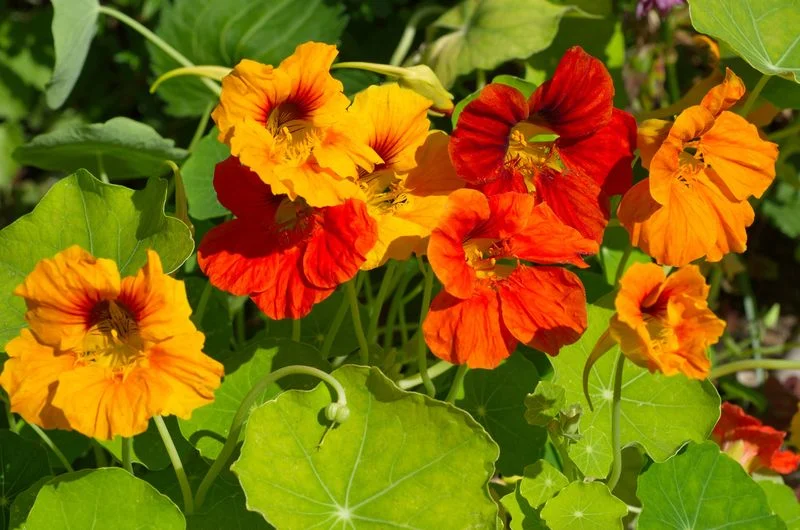
Edible flowers are not just a feast for the eyes but also for the palate. Including blooms like nasturtiums, violets, and marigolds in your garden adds color and flavor to your meals. These versatile flowers can garnish salads, pastries, and beverages, reducing the need for expensive garnishes. Imagine the visual and taste delight of a salad adorned with vibrant petals. Growing edible flowers turns your garden into a culinary resource, enhancing dishes while keeping grocery bills in check. It’s a tasty and economical way to brighten up any meal.
Vegetable Dyeing
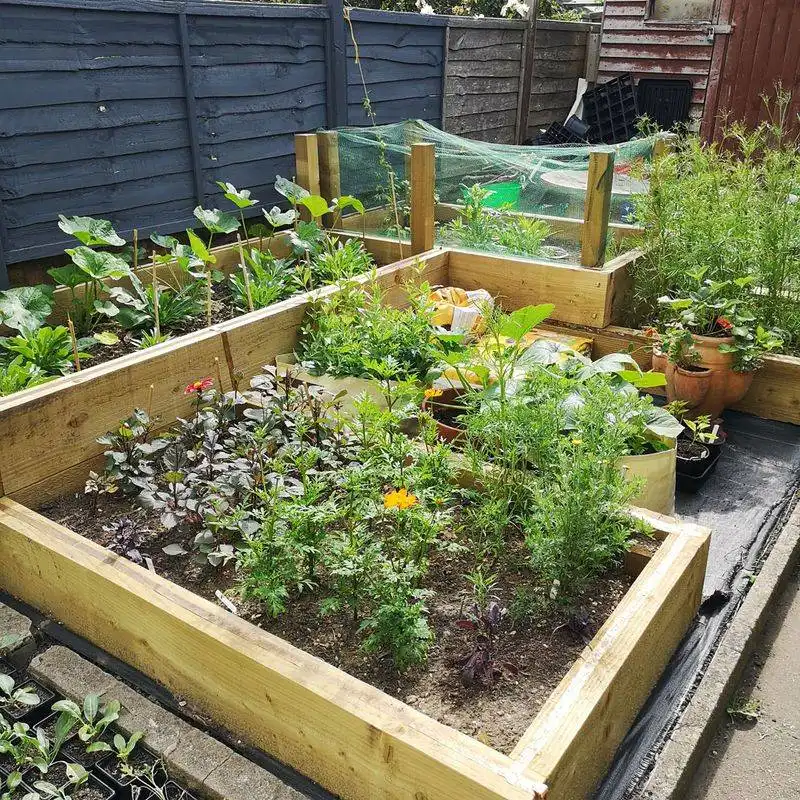
Discover the art of dyeing fabrics using vegetables from your garden. Beets, turmeric, and spinach can produce stunning, vibrant colors for your textiles. This eco-friendly craft not only adds a splash of creativity to your wardrobe and home but also eliminates the cost of commercial dyes. Picture a white cloth transformed into a masterpiece of hues, all thanks to your garden’s bounty. Embracing vegetable dyeing not only saves money but connects you to the age-old tradition of using nature’s palette for personal expression.
Birdhouse Building
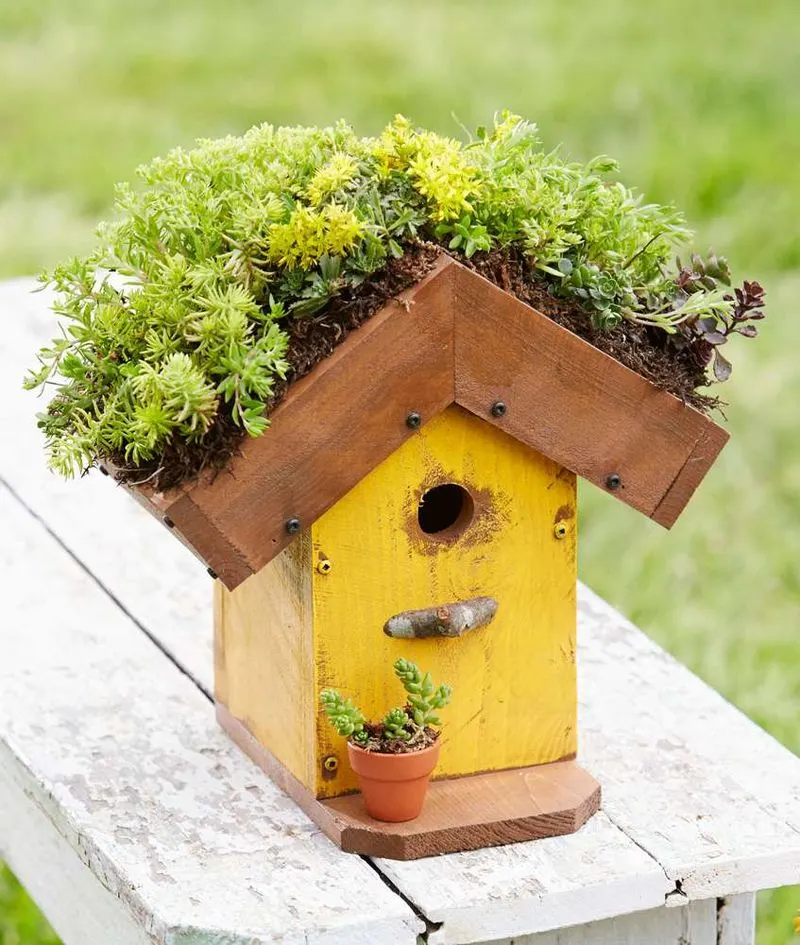
Building birdhouses from garden materials is both a fun and cost-effective project. Using wood scraps and twigs, you can create cozy habitats for local birds, encouraging them to visit your garden. This not only saves money on store-bought birdhouses but also enhances your garden’s ecosystem. Imagine cheerful chirping as birds flit between your handcrafted shelters. The presence of these feathered friends can help control pests naturally, adding beauty and balance to your outdoor space. It’s a delightful and practical addition to your garden’s charm.
Solar Garden Lights
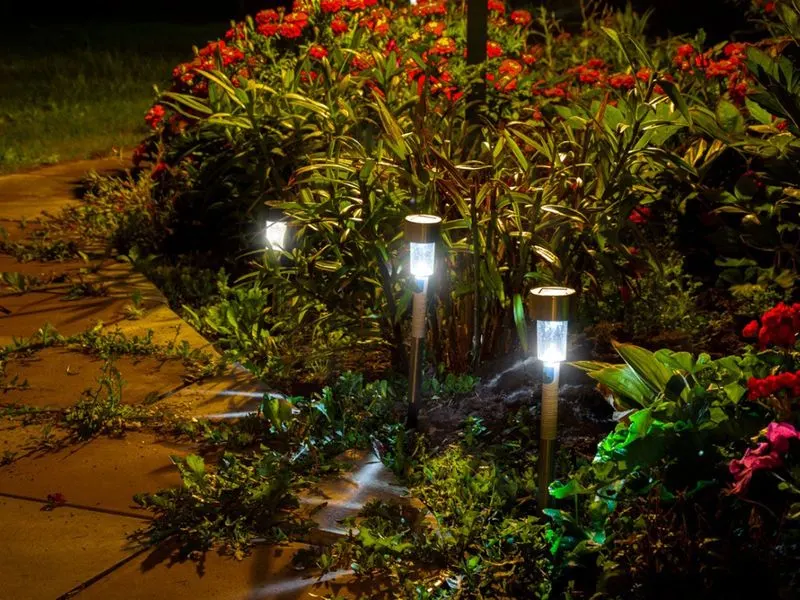
Solar garden lights offer a sustainable way to illuminate outdoor spaces without relying on electricity. By harnessing the sun’s power, these lights provide a cost-effective lighting solution that enhances your garden’s ambiance. Picture a gentle glow highlighting pathways and flowerbeds as evening descends. Solar lights not only save on energy bills but also come in various designs that complement any garden style. Being eco-friendly and budget-conscious, they create a warm and inviting atmosphere, showcasing your garden’s beauty long after sunset.
Worm Composting
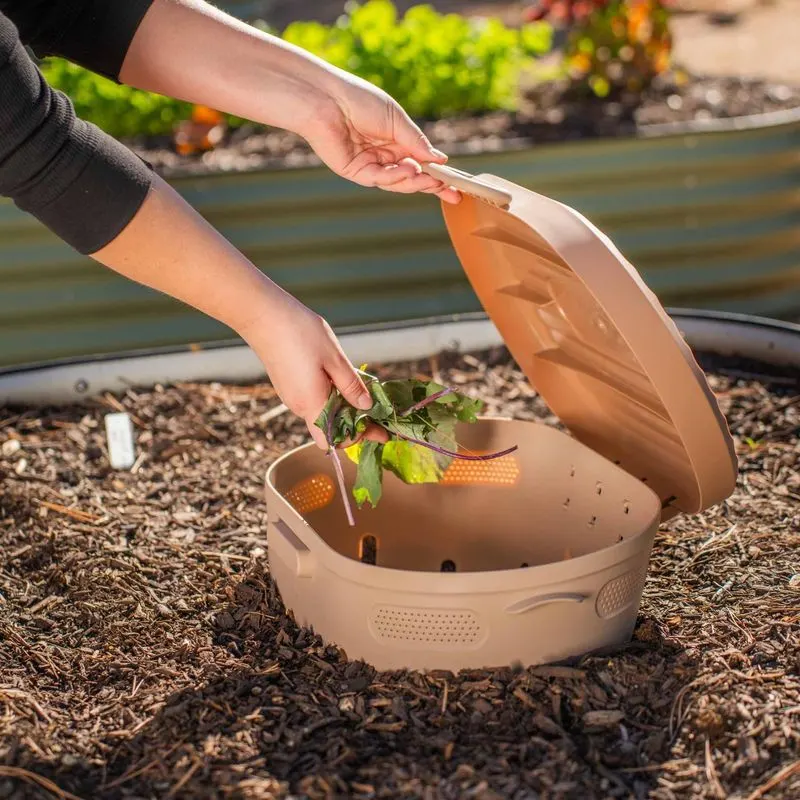
Worm composting, or vermiculture, is an excellent way to recycle kitchen scraps and enrich garden soil. By employing worms, you can turn organic waste into nutrient-rich vermicast, reducing the need for commercial fertilizers. Imagine opening a bin to see busy worms transforming leftovers into black gold. This method not only saves money but also accelerates composting, making it ideal for small spaces. Worm composting is a fascinating and sustainable practice that benefits both your garden and the environment, all while being an economical choice.
Homemade Fertilizers
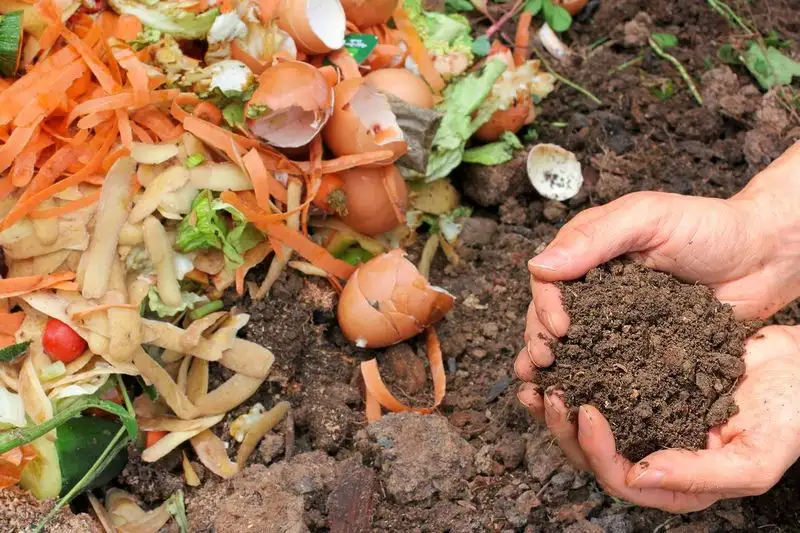
Creating homemade fertilizers from everyday kitchen waste is a clever way to nourish your garden without spending a fortune. Eggshells, coffee grounds, and banana peels provide essential nutrients that plants crave. Imagine sprinkling crushed eggshells around your tomatoes, providing them with calcium for robust growth. By repurposing waste, you’re not only cutting costs but also enriching your soil with organic matter. This DIY approach to fertilizing is both economical and environmentally friendly, promoting a thriving garden that doesn’t rely on store-bought solutions.
Vertical Gardening
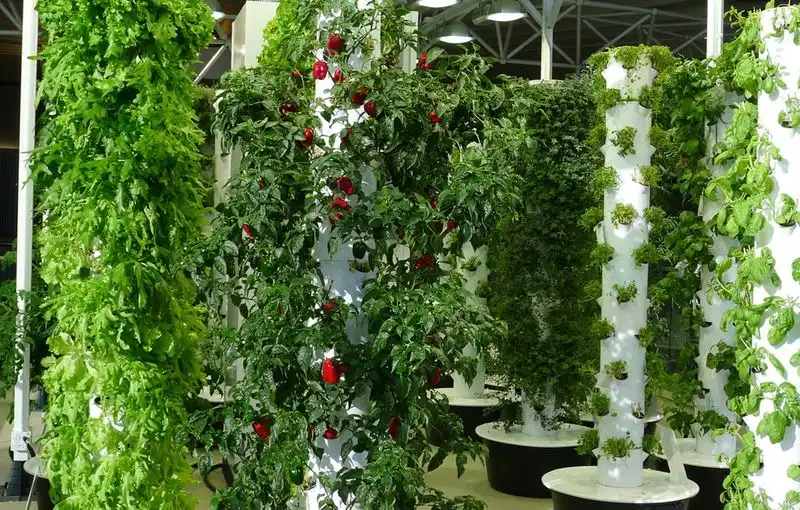
Vertical gardening allows you to maximize space and grow more plants without the need for additional land. This innovative approach is perfect for small gardens or urban settings. Imagine a wall covered in lush greenery, from herbs to flowers, creating an eye-catching focal point. By utilizing vertical space, you can grow more without expanding your garden footprint, effectively cutting down on food costs. Vertical gardening is a practical and stylish solution that not only saves space but also reduces grocery bills by providing fresh produce year-round.
Seed Saving
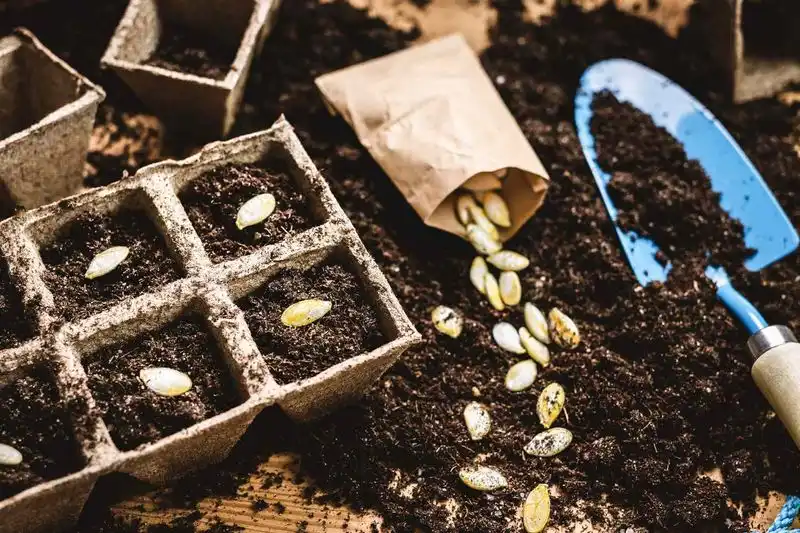
Seed saving is an age-old practice that ensures a continuous supply of plants without the recurring cost of buying new seeds. By collecting seeds from your healthiest plants, you preserve their traits and enjoy future harvests. Imagine a row of envelopes filled with seeds, each labeled with care, ready for next season’s planting. This practice not only saves money but also connects you to the life cycle of your garden. Seed saving fosters self-sufficiency and sustainability, ensuring your garden thrives while your wallet remains unburdened.
Preserving Harvests
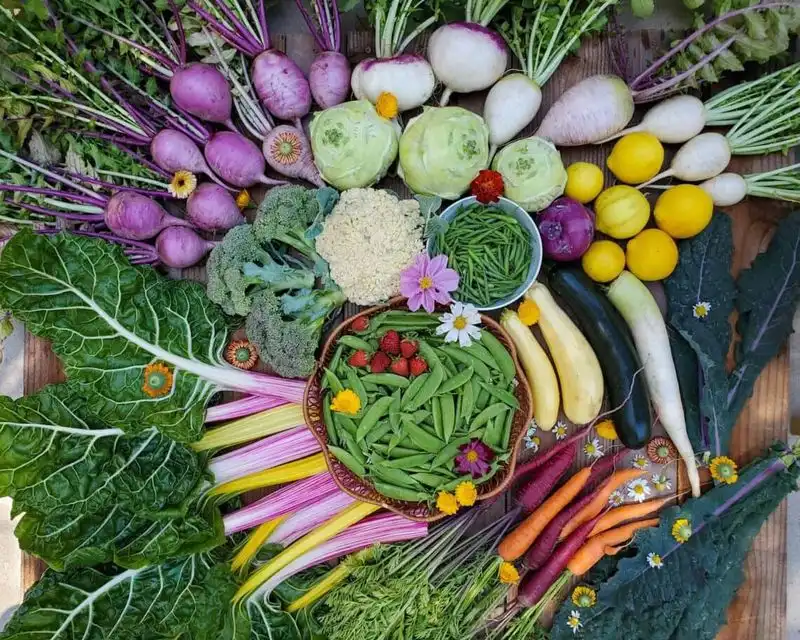
Preserving the bounty of your garden extends its benefits well beyond the growing season. Canning, drying, and freezing allow you to enjoy fresh produce year-round, cutting down on grocery bills. Imagine shelves lined with vibrant jars of homemade jams, pickles, and sauces. This not only prolongs the enjoyment of your harvest but also provides a sense of accomplishment. Preserving is a time-honored tradition that turns seasonal abundance into long-lasting nourishment, ensuring that your garden continues to pay dividends throughout the year.
Plant Propagation
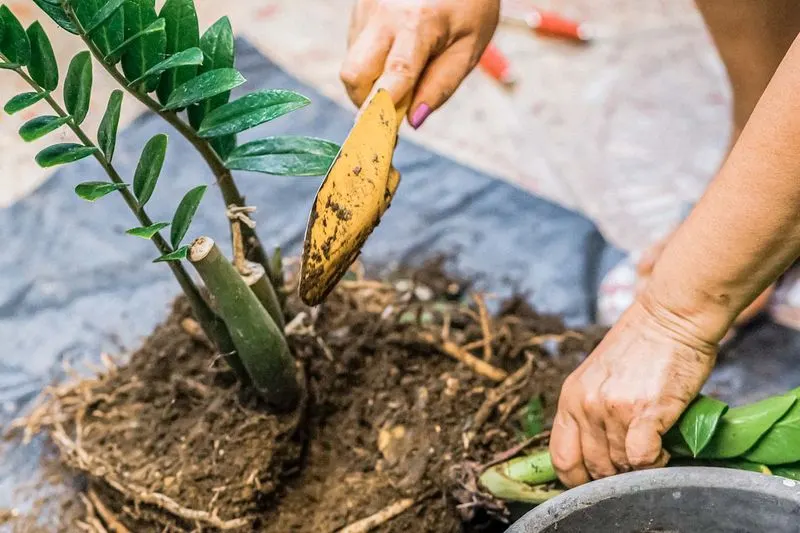
Plant propagation is the art of creating new plants from existing ones, offering an economical way to expand your garden. By taking cuttings or dividing roots, you can grow more without buying additional plants. Picture a small sapling thriving in a jar of water, ready to be transplanted. This method not only saves money but also allows you to share and trade plants with friends and neighbors. Plant propagation encourages a sense of community and sustainability, enriching your garden with diversity and reducing the need for costly purchases.

